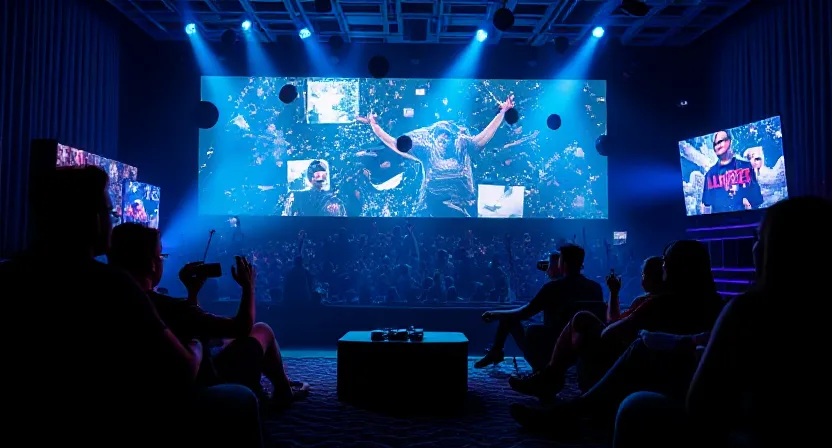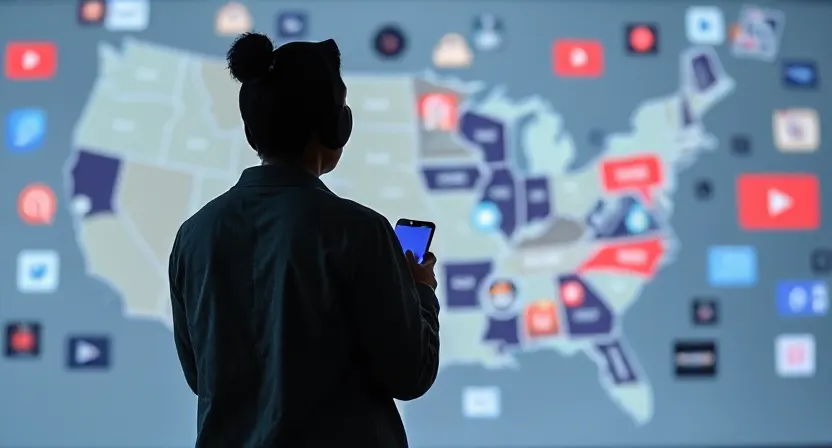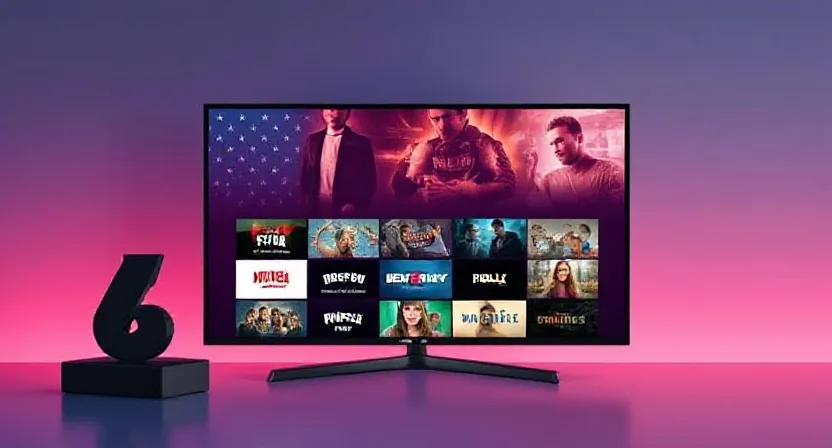Entertainment in the United States continues to evolve at a breakneck pace, driven by advancements in technology, shifting consumer behaviors, and global influences. From the dominance of streaming platforms to the rise of virtual reality experiences, the entertainment landscape in 2025 is as dynamic as ever. Let’s dive into the top 10 entertainment trends shaping the U.S. this year.
1. The Unstoppable Rise of Streaming Platforms
Streaming platforms have revolutionized how Americans consume media. With services like Netflix, Disney+, and Amazon Prime Video leading the charge, the streaming wars have intensified.
Key Developments:
- Increased Original Content: Companies are investing billions in exclusive shows and movies.
- Localized Content: Platforms like Netflix are producing shows that reflect diverse cultures within the U.S.
- Bundling Services: Disney’s bundle of Disney+, Hulu, and ESPN+ remains a popular option for families.
- Interactive Content: Choose-your-own-adventure style movies are gaining popularity.
Impact:
Streaming has surpassed traditional TV in viewership, with an estimated 82% of U.S. households subscribed to at least one platform.
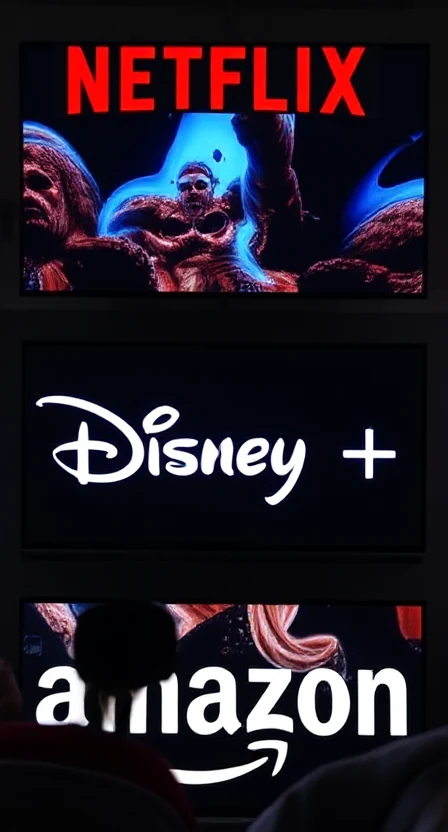
2. Virtual Reality (VR) and Augmented Reality (AR) Experiences
VR and AR are transforming entertainment, offering immersive experiences in gaming, movies, and even live events.
Key Developments:
- VR Gaming Boom: Titles like “Half-Life: Alyx” have showcased VR’s potential.
- AR in Concerts: Artists like Travis Scott and Ariana Grande have hosted AR concerts that attracted millions.
- Affordable Headsets: Devices like Meta Quest 3 have made VR accessible to the average consumer.
Impact:
With VR and AR adoption expected to grow by 30% annually, these technologies are becoming staples of the entertainment industry.
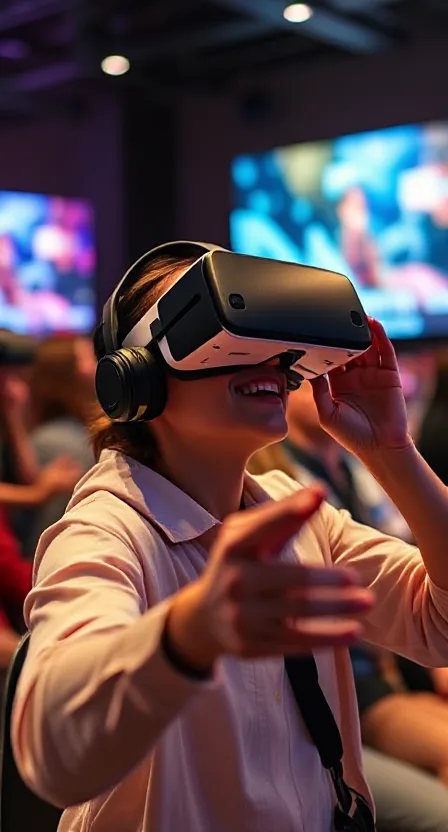
3. The Growth of Short-Form Video Content
Platforms like TikTok, Instagram Reels, and YouTube Shorts have made short-form videos the most consumed content type in the U.S.
Key Developments:
- Monetization Models: Creators can now earn directly through these platforms.
- Brand Collaborations: Short-form videos are a hotspot for influencer marketing.
- Algorithm-Driven Personalization: AI ensures users are fed content that keeps them engaged.
Impact:
Short-form videos account for over 50% of daily media consumption among Gen Z and Millennials.
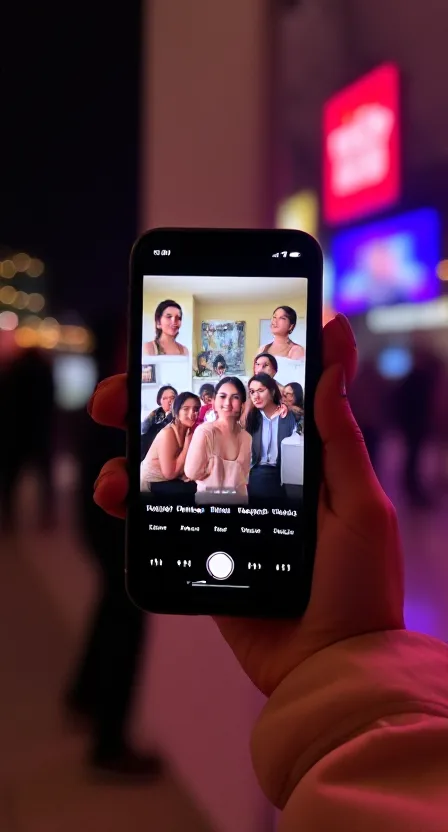
4. Gaming: The New Mainstream Entertainment
Gaming has cemented its place as a dominant entertainment medium, surpassing traditional film and music industries in revenue.
Key Developments:
- Esports Explosion: Competitive gaming tournaments like League of Legends Worlds attract millions of viewers.
- Cross-Platform Play: Gamers can now play seamlessly across consoles, PCs, and mobile devices.
- In-Game Concerts and Events: Fortnite and Roblox are hosting virtual events within their platforms.
Impact:
Gaming has become a social experience, with players using platforms like Discord to stay connected.
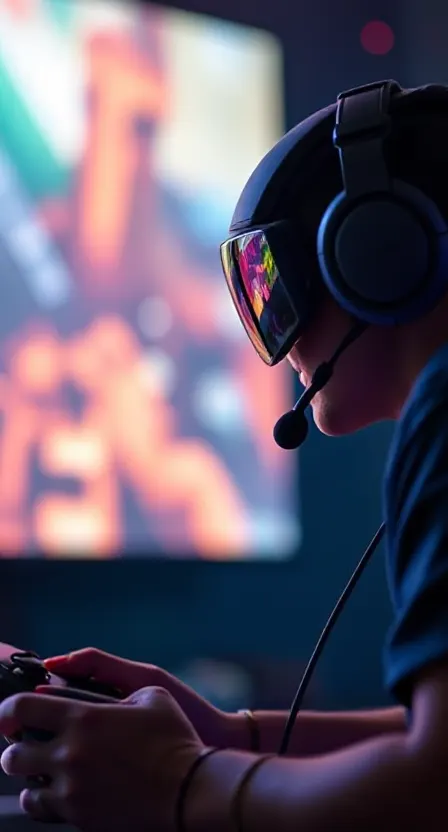
5. Podcasting and Audio Entertainment
Podcasts have grown into a major entertainment format, with millions of Americans tuning in daily.
Key Developments:
- High-Quality Productions: Shows like “Serial” and “The Joe Rogan Experience” have set the bar high.
- Exclusive Deals: Spotify and Apple Podcasts are securing exclusive rights to popular podcasts.
- Niche Content: Topics ranging from true crime to wellness cater to specific audiences.
Impact:
Podcast advertising revenue in the U.S. is expected to exceed $2 billion in 2025.
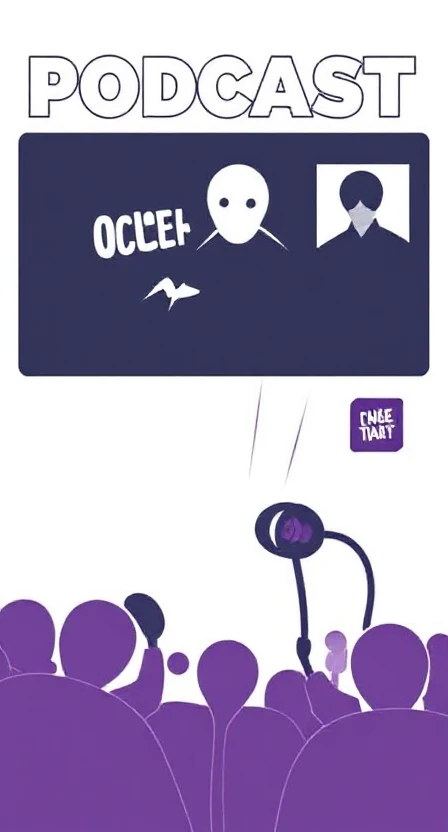
6. Social Media as an Entertainment Hub
Social media platforms have transitioned from communication tools to full-fledged entertainment ecosystems.
Key Developments:
- Live Streaming: Platforms like Instagram and TikTok enable creators to interact with audiences in real-time.
- Creator Economy: Influencers are monetizing their content through sponsorships, subscriptions, and merchandise.
- Social Shopping: Integration of shopping features on platforms like Instagram.
Impact:
Social media accounts for nearly 40% of the average American’s daily screen time.
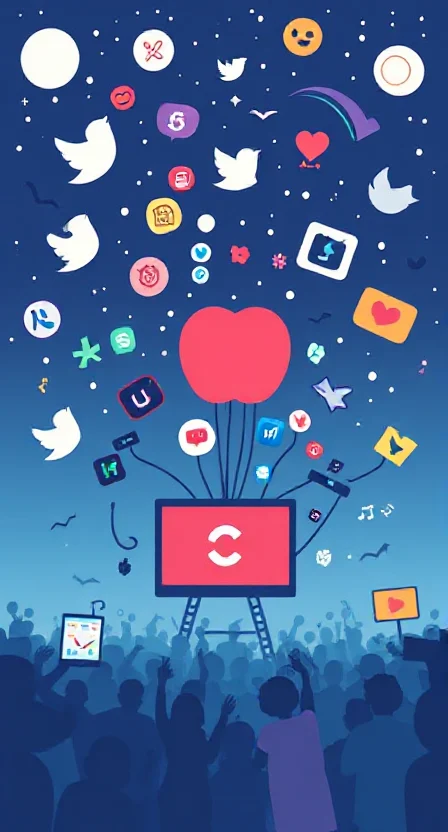
7. Revival of Drive-In Theaters and Outdoor Events
The pandemic sparked a renewed interest in drive-ins and outdoor events, a trend that continues to thrive.
Key Developments:
- Hybrid Formats: Events that combine in-person and virtual attendance.
- Family-Friendly Offerings: Outdoor movie nights and concerts cater to all age groups.
- Community-Centric Events: Local organizers are leveraging outdoor spaces for unique experiences.
Impact:
Drive-ins and outdoor venues have seen a 25% increase in attendance over pre-pandemic levels.

8. AI and Machine Learning in Content Creation
AI is playing a significant role in content creation, from scriptwriting to video editing.
Key Developments:
- AI-Generated Music and Art: Tools like OpenAI’s Jukebox create original music.
- Deepfake Technology: Used for visual effects and recreating actors.
- Automated Editing Tools: AI-powered tools reduce production time.
Impact:
AI is democratizing content creation, allowing independent creators to produce high-quality work.

9. Diversity and Inclusion in Media
Diversity in storytelling has become a key focus for Hollywood and other media industries.
Key Developments:
- Inclusive Casting: More opportunities for underrepresented groups.
- Authentic Stories: Shows and movies highlighting diverse cultures and experiences.
- Corporate Commitments: Studios are pledging to meet diversity benchmarks.
Impact:
Audiences are responding positively, with diverse content often outperforming traditional offerings.

10. Hybrid Entertainment Models
The line between physical and digital experiences continues to blur.
Key Developments:
- Virtual Meet-and-Greets: Celebrities interacting with fans through virtual platforms.
- Interactive Experiences: Escape rooms and live-action role-playing games integrate digital elements.
- Streaming and Theater Releases: Studios are experimenting with simultaneous releases.
Impact:
Hybrid models offer flexibility, catering to both in-person and remote audiences.

Conclusion
The U.S. entertainment industry in 2025 is defined by innovation and adaptability. From the dominance of streaming platforms to the immersive experiences of VR and AR, the trends discussed above are reshaping how Americans consume media. As technology continues to evolve, the possibilities for entertainment are limitless, ensuring that the industry remains a cornerstone of American culture.


